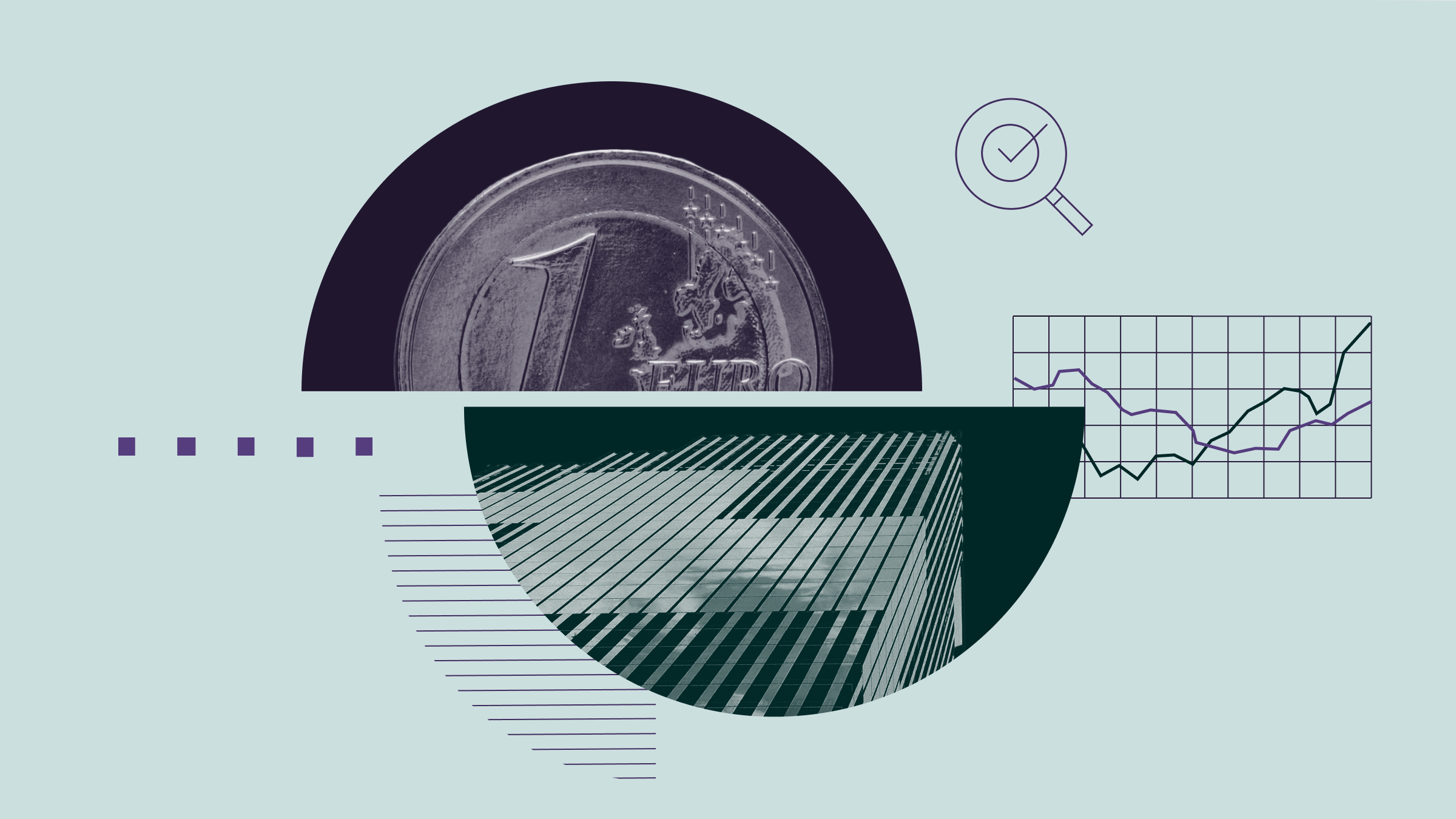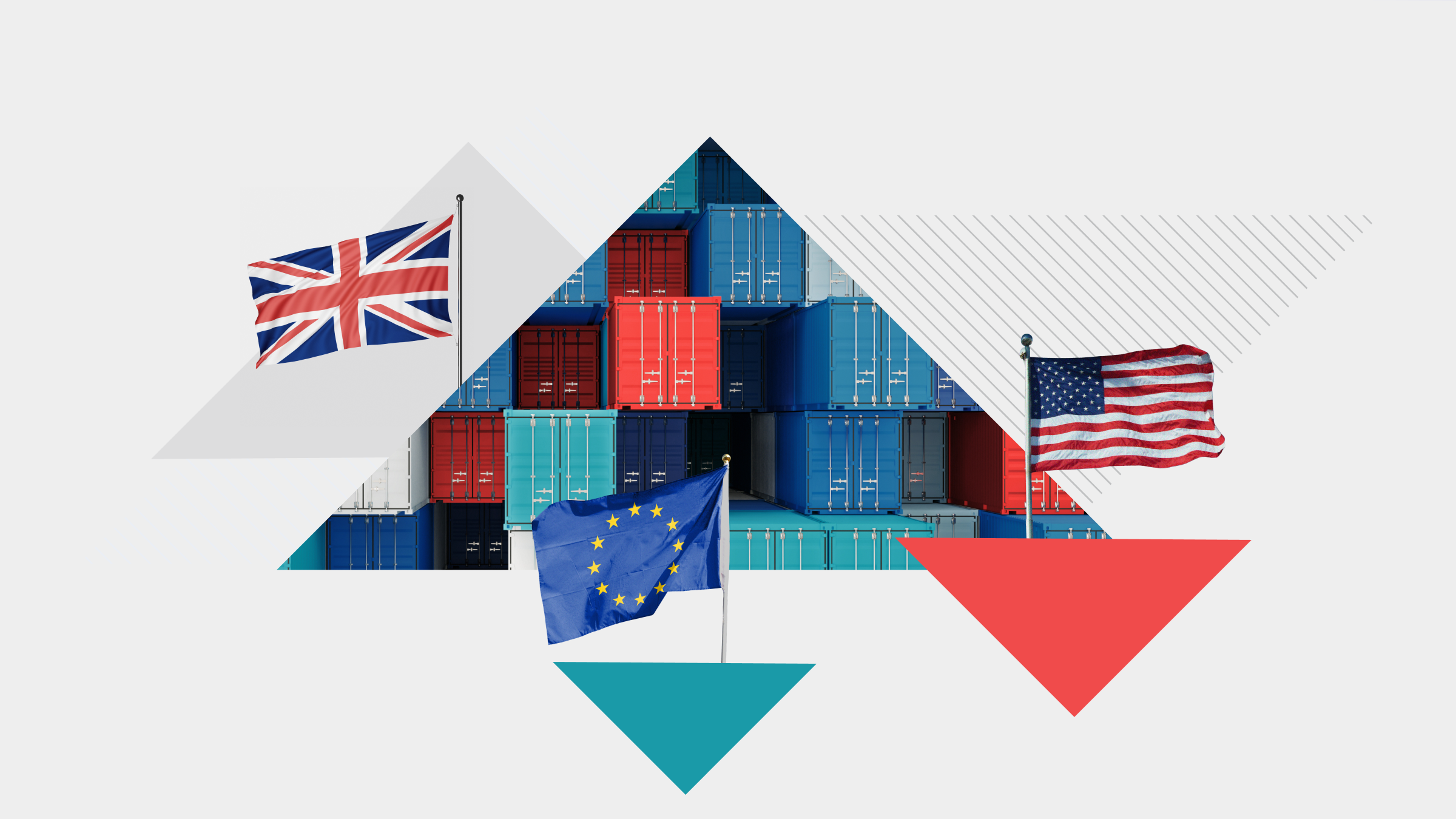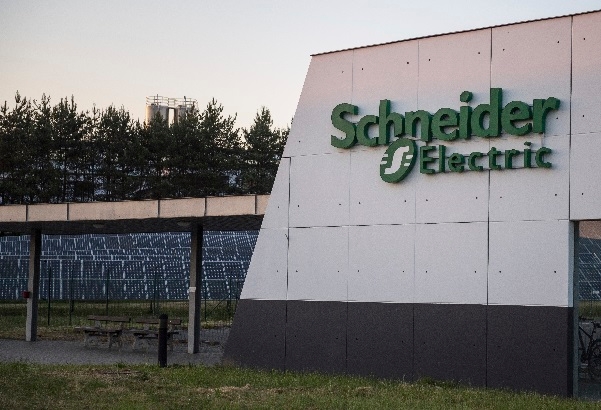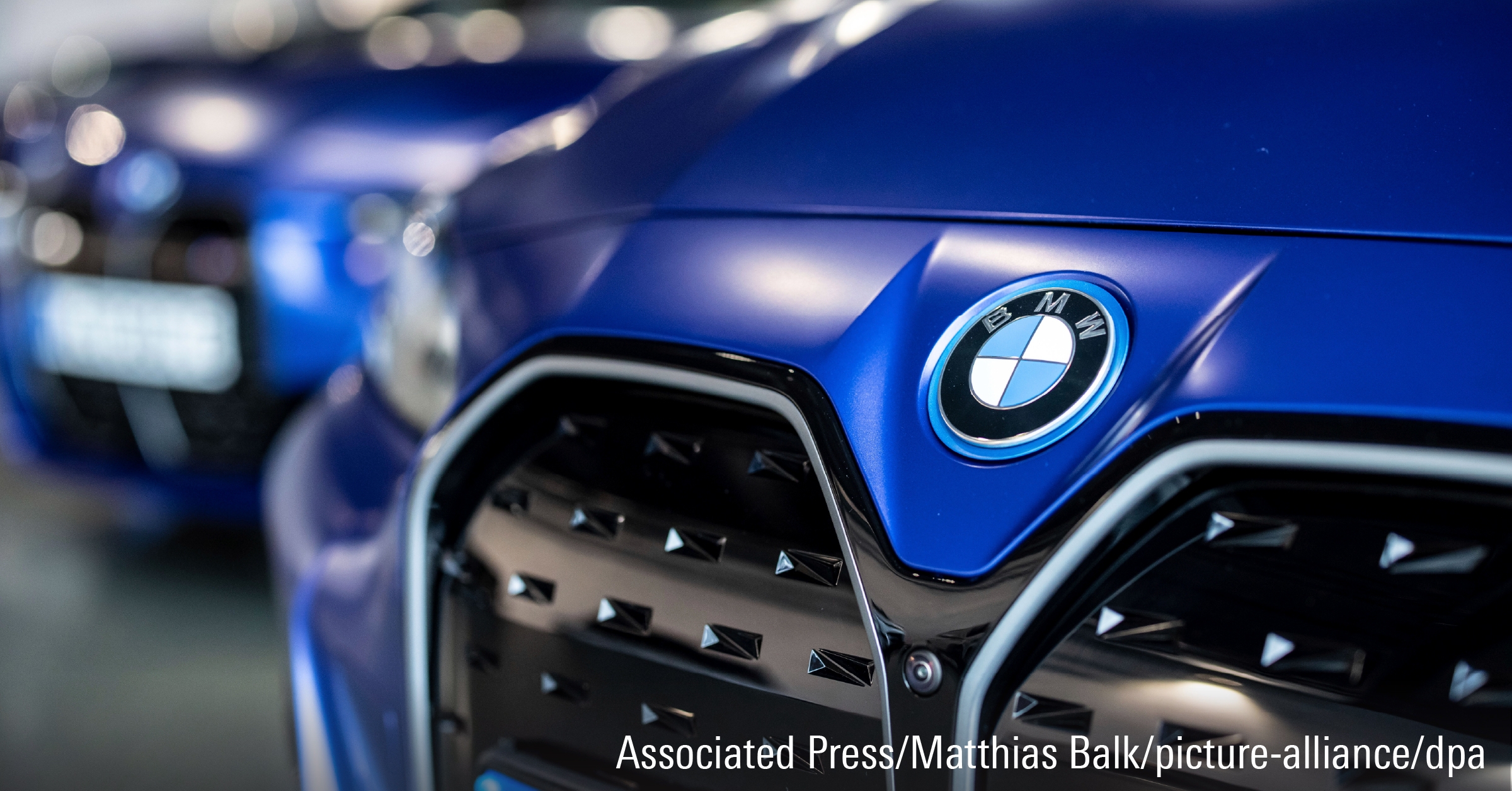Rolle im Portfolio
The Lyxor ETF Brazil provides exposure to many of the biggest and most liquid components of the Brazilian equity universe. Brazil has seen remarkable growth over the last several decades, and now ranks as the world’s sixth largest economy. In turn, Brazilian equities have gone from fringe emerging market exposure to an increasingly important part of a globally balanced portfolio. The Bovespa Index is fairly well diversified by sector, but diversification at the company level is limited, with roughly 50% of the index within the top 10 firms. Returns from Brazilian equities have been erratic, exhibiting annual volatility of over 30% in the last 15 years. An investment like this therefore requires a lengthy time horizon and a strong stomach to handle the swings. Its correlation to other equity exposures does suggest some benefit as a diversifier. In the same time period it has shown correlation to the local-currency returns of the S&P 500, the MSCI Europe and the MSCI World Index of 66%, 67%, and 72%, respectively. Although some of that benefit looks to have diminished: the corresponding 5-year correlations are 78%, 79%, and 82%.
Fundamentale Analyse
A key driver of growth for the Brazilian economy is commodities. The country’s wealth of natural resources has made it a substantial beneficiary of the past decade’s trend towards higher commodity prices. A big part of that trend has been the rapid growth of China, with its seemingly insatiable appetite for raw materials, as well as Malthusian concerns about the world running out of non-renewable resources. The concern right now is that with China slowing down and other parts of the world in recession, the demand for raw materials could fall considerably. Further muddying the picture is the rapid pace of new natural gas discoveries throughout the world, particularly in the United States. Indeed, Brazil’s growth has slowed considerably in recent periods. For the 12 months through the third quarter of 2012, its GDP growth rate was just 0.9%, less than that of the United States. But things may have started to turn around: the HSBC Brazil Composite Output Index, which measures conditions in both the manufacturing and services sectors of the economy, was 53.0 in November, an eight-month high and up considerably from October’s reading of 50.7. A value above 50 indicates expansion. To spur economic growth, the central bank has been steadily lowering short-term interest rates, which have gone from 12.5% in mid-2011 to 7.25% in December 2012. In August the president Dilma Rousseff announced plans to privatize a portion of the country’s infrastructure, allowing private firms to bid on projects linked to toll roads, railways, ports and airports. This should help rein in a public sector whose wage bill, according to The Economist, more than doubled in nominal terms between 2003 and 2010. Through a combination of their preferred and common shares, oil giant Petroleo Brasileiro SA Petrobras (“Petrobras”) and Vale, a diversified mining company, make up the biggest chunks of the index. Together, the two firms had a total weighting of 22.8% at the time of writing. According to Morningstar equity analysts, Petrobras common stock is trading at a 18.5% discount to its fair value estimate, and Vale at a 0.3% premium as of this writing. Long-term performance on Brazilian stocks, as measured by the local currency returns of the Bovespa Index, has been very strong. Over the past 15 years the index has produced an annualised gain of 12.66%, versus 3.32% for the MSCI World Index. It suffered bad losses during the financial crisis, but its peak-to-trough drawdown of 50.5% was not much worse than that for many of the more developed markets. As measured on a similar benchmark, MSCI Brazil, the price-to-earnings ratio for Brazilian equities has rebounded from a low of 4.4 in June 2009 to 10.7 at the end of December 2012. That puts it slightly below its five year average of 10.9.
Indexkonstruktion
The Bovespa Index is a total-return index currently made up of 69 securities covering roughly 70% of the capitalisation of the Brazilian equity market. The index aims to reflect the dynamics of the cash market operations of the Brazilian exchange; therefore it is weighted by trading activity during the previous 12 months, as measured by the number and value of trades in a particular security. It is reviewed and rebalanced quarterly. The index is diversified across a number of industries, though it is tilted towards commodities. Together, the Energy and Materials sectors make up about 33% of the total. Financials make up roughly 16%. There is also quite a bit of concentration within the largest companies. Including both common stock and preferred shares, Vale makes up 11.8% and Petrobras 11.0%. The top 10 names in the index make up roughly half its total value.
Fondskonstruktion
The fund uses synthetic replication to provide exposure to the underlying benchmark, entering an unfunded swap transaction with parent bank Societe Generale. The fund uses investors’ cash to buy a substitute basket of securities, the performance of which is exchanged for the performance of the index. Lyxor provides full transparency on the components of the substitute basket, which is made up predominantly of OECD large cap equities. The fund aims to maintain zero counterparty exposure by reviewing the swap on a daily basis and resetting whenever its value becomes positive. At the time of writing the substitute basket was valued at 103.60% of the net asset value of the fund. The fund’s holdings, which are monitored daily by Lyxor’s asset manager, are held in a segregated account at Lyxor’s custodian, Societe Generale Security Services. Under the terms of the swap, the counterparty agrees to provide the fund with exposure to the total return of the underlying index, net of any associated taxes, costs, or fees. The fund is domiciled in France and is available in Euro-, U.S. dollar-, and British Pound Sterling-denominated versions. In total it has assets of roughly €555 million.
Gebühren
The fund’s total expense ratio (TER) is 0.65%, which is in line with other funds offering similar exposure. Other costs potentially borne by the unitholder but not included in the TER include swap fees, bid-ask spreads on the ETF, and brokerage fees when buy and sell orders are placed for ETF shares.
Alternativen
For exposure to Brazilian equities there are a number of choices, including Source MSCI Brazil ETF, Amundi ETF MSCI Brazil, iShares MSCI Brazil, CS ETF (IE) on MSCI Brazil, HSBC MSCI Brazil, and db x-trackers MSCI Brazil TRN Index. Of these, the iShares fund is the largest, with assets of $860 million. The Amundi fund has the lowest TER, at 0.55%.

















